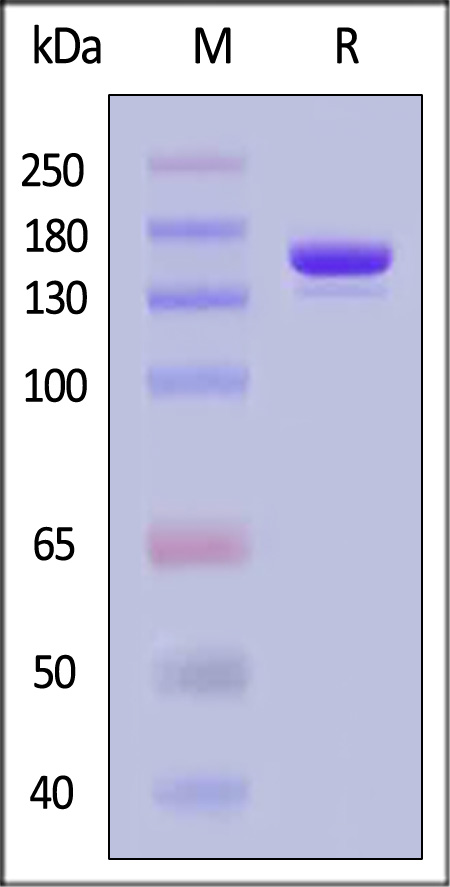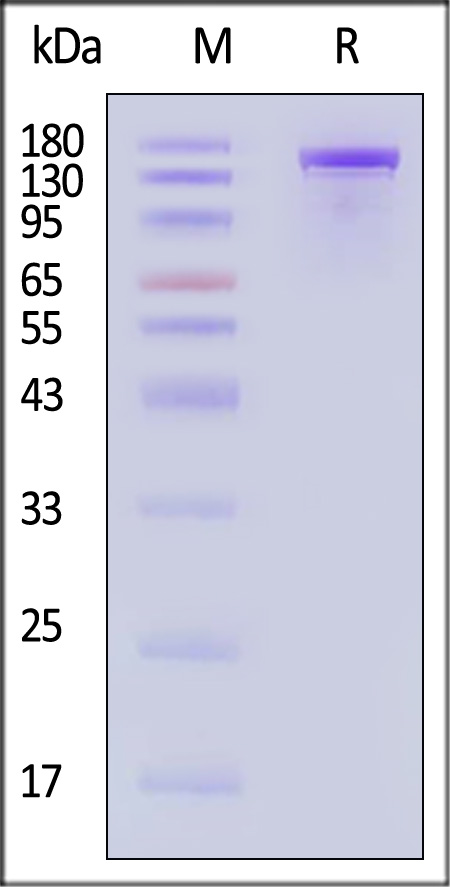





























 Limited Edition Golden Llama is here! Check out how you can get one.
Limited Edition Golden Llama is here! Check out how you can get one.  Limited Edition Golden Llama is here! Check out how you can get one.
Limited Edition Golden Llama is here! Check out how you can get one.
 Offering SPR-BLI Services - Proteins provided for free!
Offering SPR-BLI Services - Proteins provided for free!  Offering SPR-BLI Services - Proteins provided for free!
Offering SPR-BLI Services - Proteins provided for free!
 Thank you for choosing ACROBiosystems. Would you rate our product and service?
Thank you for choosing ACROBiosystems. Would you rate our product and service?  Thank you for choosing ACROBiosystems. Would you rate our product and service?
Thank you for choosing ACROBiosystems. Would you rate our product and service?
 Here come GMP Grade Cytokines!Free Sample is available!
Here come GMP Grade Cytokines!Free Sample is available!  Here come GMP Grade Cytokines!Free Sample is available!
Here come GMP Grade Cytokines!Free Sample is available!
| 製造番号 | 種類 | 製品説明 | 構造 | 純度 | 特徴 |
|---|---|---|---|---|---|
| CAS-C001 | Streptococcus pyogenes | resDetect™ Cas9 (CRISPR Associated Protein 9) ELISA Kit (Residue Testing) | |||
| GMP-CA9S18 | Streptococcus pyogenes | GMP GENPower™ NLS-Cas9 Nuclease |


|
||
| CA9-S5149 | Streptococcus pyogenes | GENPower™ NLS-Cas9 Nuclease, premium grade |

|

The purity of GENPower™ NLS-Cas9 Nuclease, premium grade (Cat. No. CA9-S5149) is more than 95% and the molecular weight of this protein is around 140-180 kDa verified by SEC-MALS.
This web search service is supported by Google Inc.







